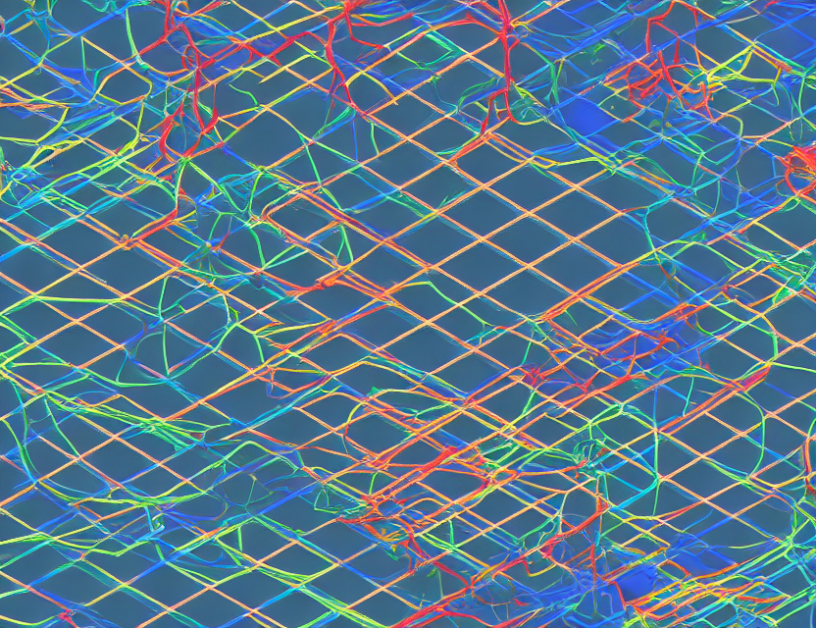In this article, researchers propose a novel method for estimating normals in 3D reconstruction using deep geometry. They introduce the concept of "normal fields," which are learned by a neural network and provide a continuous representation of normal vectors at each point in 3D space. This approach allows for efficient and accurate estimation of normals, even in cases where traditional methods struggle, such as when dealing with large datasets or complex scenes.
The proposed method consists of two stages: (1) coarse-to-fine normal estimation, and (2) fine-scale normal refinement. In the first stage, a coarse normal field is estimated using a shallow neural network, and in the second stage, a finer normal field is refined using a deeper network. This approach allows for both efficiency and accuracy, as the coarse estimate provides a good starting point for the fine-scale refinement.
The authors evaluate their method on several datasets, including the popular RefinedPointNormalsCoarse input (5123) dataset, and demonstrate superior performance compared to existing methods. They also show that their approach is robust to variations in lighting and viewpoint, and can handle complex scenes with non-planar surfaces.
In summary, this article presents a significant advance in the field of 3D reconstruction by introducing a deep geometry-based method for estimating normals. The proposed method offers several advantages over traditional methods, including efficiency, accuracy, and robustness to variations in lighting and viewpoint. The authors provide a thorough evaluation of their method on several datasets, demonstrating its effectiveness and potential for widespread adoption in the field.
Computer Science, Computer Vision and Pattern Recognition
Algorithms for Mesh Editing and Reconstruction



